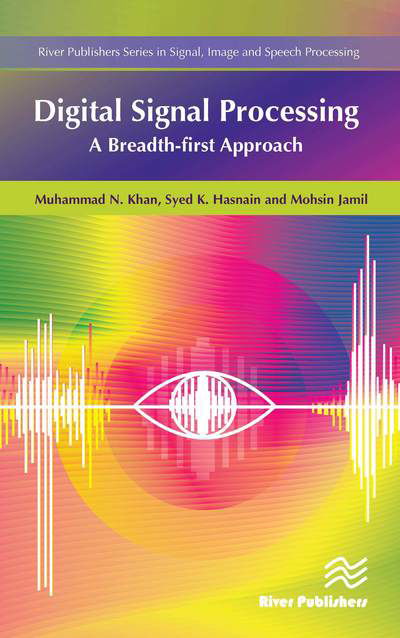
Fortell venner om denne varen:
The Role of Sphingomyelinase in Camp-factor
Muhammad Khan
Bestillingsvarer
The Role of Sphingomyelinase in Camp-factor
Muhammad Khan
CAMP factor is a 25kDa extracellular protein originating from Streptococcus agalactiae (Group B streptococci) that constitutes of 226 amino acid residues. The main characteristic of CAMP factor is that it is a pore-forming toxin (PFT). The typical mechanism of pore formation of PFTs comprises of three main stages, namely binding of toxin monomers to the membrane surface, oligomerization of the monomers on the cell membrane, and lastly the insertion of oligomers into the membrane. This book focuses on second stage, and investigates the oligomerisation of CAMP factor on sheep red blood cell membranes. The hemolytic activity of CAMP factor is known to be considerably enhanced by the interaction with sphingomyelinase from Staphylococcus aureus. In this study, focus has been laid on understanding the role of sphingomyelinase in the oligomerisation step. Förster resonance energy transfer (FRET) studies have been used to obtain experimental data. The target audience include students and academicians in the field of Chemistry.
| Media | Bøker Pocketbok (Bok med mykt omslag og limt rygg) |
| Utgitt | 29. desember 2014 |
| ISBN13 | 9783659664601 |
| Utgivere | LAP LAMBERT Academic Publishing |
| Antall sider | 92 |
| Mål | 5 × 150 × 220 mm · 145 g |
| Språk | Engelsk |
Mer med Muhammad Khan
Se alt med Muhammad Khan ( f.eks. Pocketbok , Innbunden bok og Boksett )












